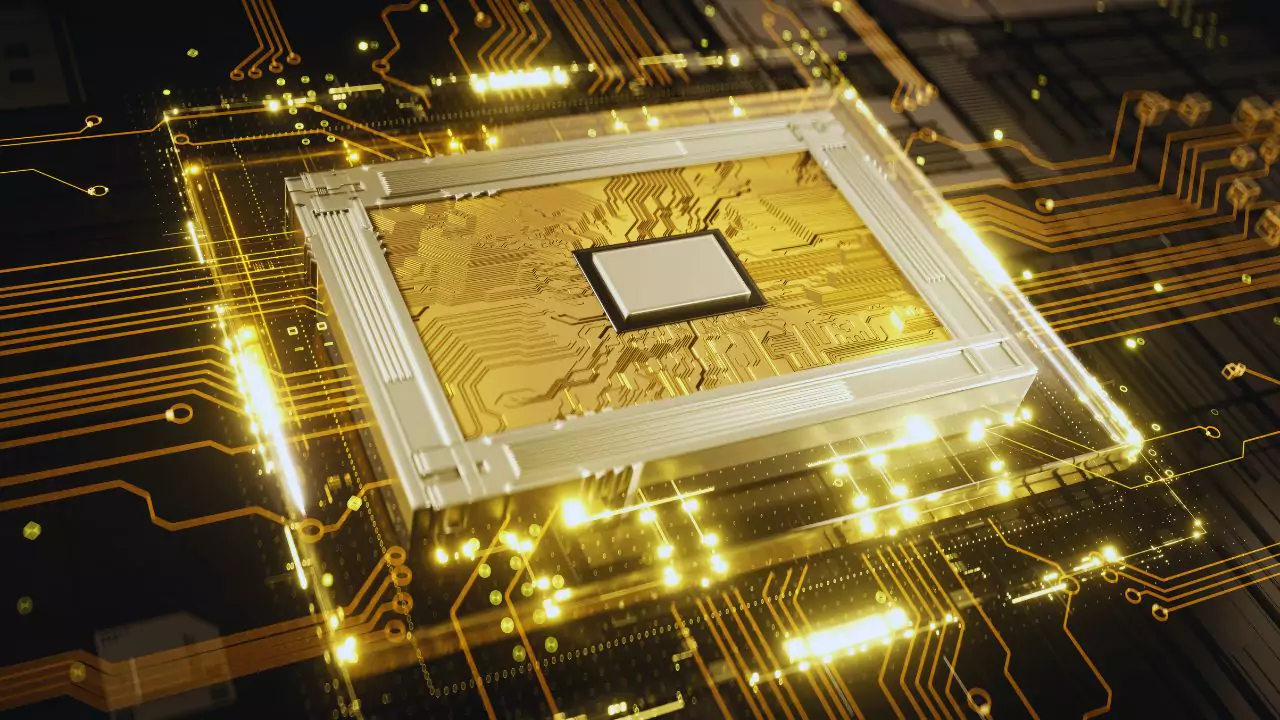No, a GPU temperature of 70°C is not bad. This temperature falls within the safe operating range for most graphics cards during gaming or intensive tasks.
Modern GPUs are designed to handle temperatures up to 90°C without any issues. However, maintaining lower temperatures can help prolong the lifespan of your GPU and ensure optimal performance.
Understanding Normal GPU Temperature Ranges During Gaming
Defining Safe GPU Temperature Thresholds
GPU manufacturers design their products to operate safely within specific temperature ranges. Most graphics cards can function without problems at temperatures between 60°C and 85°C. The exact safe range varies depending on the specific model and manufacturer.
Recommended Temperatures for PC Components During Gaming Sessions
During gaming sessions, it’s normal for GPU temperatures to rise. Here are some general guidelines for PC component temperatures:
- CPU: 50°C to 80°C
- GPU: 60°C to 85°C
- Motherboard: 30°C to 60°C
- Hard Drive: 25°C to 45°C
- SSD: 30°C to 70°C
These ranges can vary based on the specific hardware and workload.
Evaluating 70°C for GPU Operations
A temperature of 70°C for a GPU is considered good. It indicates that the cooling system is working effectively while the GPU is under load. This temperature allows for optimal performance without risking damage to the hardware.
Techniques for Monitoring GPU Temperature
Tools and Software for Temperature Monitoring
Several tools are available for monitoring GPU temperatures:
- MSI Afterburner: A popular overclocking utility that also provides temperature monitoring.
- GPU-Z: A lightweight application that displays detailed GPU information, including temperature.
- HWMonitor: A comprehensive hardware monitoring tool that shows temperatures for various PC components.
- NZXT CAM: A user-friendly software that provides real-time temperature monitoring and system performance data.
- Open Hardware Monitor: An open-source program that tracks temperatures, fan speeds, and other hardware metrics.
Managing Fan Speeds and Controls for Optimal Cooling
Most modern GPUs come with built-in fan control software. These tools allow users to create custom fan curves, adjusting fan speeds based on temperature thresholds. By optimizing fan curves, you can maintain lower temperatures while balancing noise levels.
Some key points for managing fan speeds:
- Set a gradual increase in fan speed as temperature rises
- Avoid running fans at 100% speed constantly to reduce wear and noise
- Experiment with different curves to find the best balance between cooling and noise levels
Strategies for Managing High GPU Temperatures
Enhancing Ventilation and Airflow in PC Setups
For keeping GPU temperatures at the right level, airflow is very important. To improve air flow, try these ideas:
- Ensure proper cable management to minimize airflow obstruction
- Position case fans strategically for efficient air intake and exhaust
- Consider using a larger case with a better airflow design
- Leave space around your PC for adequate air circulation
- Use fan filters to reduce dust buildup while maintaining airflow
Routine Cleaning to Remove Dust and Debris
Regular cleaning is essential for maintaining good GPU temperatures:
- Use compressed air to blow out dust from GPU fans and heatsinks
- Clean case fans and dust filters
- Utilize a microfiber cloth to perform a thorough cleaning of the internal components.
- Perform a thorough cleaning every 3-6 months, depending on your environment
Applying Thermal Paste for Improved Heat Dissipation
Reapplying thermal paste can significantly improve heat dissipation:
- Remove the GPU cooler carefully
- Clean off old thermal paste with isopropyl alcohol
- Apply a minimal quantity of premium-grade thermal interface material to the graphics processing unit integrated circuit die.
- Reattach the cooler, ensuring even pressure
Only attempt this if you’re comfortable with hardware manipulation and your GPU warranty has expired.
Commonly Asked Questions About GPU Temperatures
Identifying Unsafe GPU Temperature Levels
GPU temperatures above 90°C are considered unsafe for extended periods. While most GPUs have built-in thermal throttling to prevent damage, consistently high temperatures can reduce the lifespan of your graphics card.
Signs of unsafe GPU temperatures include:
- Sudden shutdowns or system crashes
- Graphical artifacts or screen glitches
- Significant performance drops
- Unusual fan noise or behavior
Guidelines on GPU Fan Operations
GPU fans typically start operating at around 50-60°C. As temperatures increase, fan speeds ramp up accordingly. Most GPUs aim to maintain temperatures below 80°C under load.
Fan speed guidelines:
- 0-30% speed: Light loads or idle state
- 30-50% speed: Moderate gaming or workloads
- 50-70% speed: Intensive gaming or heavy workloads
- 70-100% speed: Extreme loads or high ambient temperatures
Top Resources for GPU Temperature Management
- GPU manufacturer websites (NVIDIA, AMD, etc.) for specific guidelines and software
- TechPowerUp forums for community-driven advice and troubleshooting
- r/buildapc subreddit for discussions on PC building and maintenance
- Gamers Nexus YouTube channel for in-depth hardware analysis and testing
- Tom’s Hardware website for comprehensive hardware reviews and guides
By understanding GPU temperatures and implementing proper management techniques, you can ensure optimal performance and longevity for your graphics card. Remember that while 70°C is a safe operating temperature, maintaining lower temperatures when possible can provide additional benefits in terms of performance and lifespan.







